On Wednesday afternoon, Linus Eriksson, traffic director at southern Sweden's public transport company Skånetrafiken, praised local residents for their willingness to take responsibility.
“I like Skåningar [Scanians]! They take responsibility,” he wrote on Twitter. “The first indications of travel on public transport is that there were 10 percent fewer today than between 7am-9am yesterday. And that's from a level which was 40 percent lower than in 2019.”
Gillar Skåningar! Ansvarstagande.??? Första indikationen på resande i kollektivtrafiken är 10% färre idag mellan kl 7-9 än i går. Och det från en nivå som redan var 40% lägre än 2019. #treveckoromtanke Statistik på hela dygnet i morgon! @regionskane @skanetrafiken @Folkhalsomynd
— Linus Eriksson (@trafikdirektor) October 28, 2020
Regional health authorities and the Public Health Agency of Sweden had a day earlier issued new local general recommendations to people in Skåne, requesting that they avoid public transport if at all possible for the next three weeks, as well as avoid public places such as shopping centres, museums, and swimming pools.
READ ALSO:
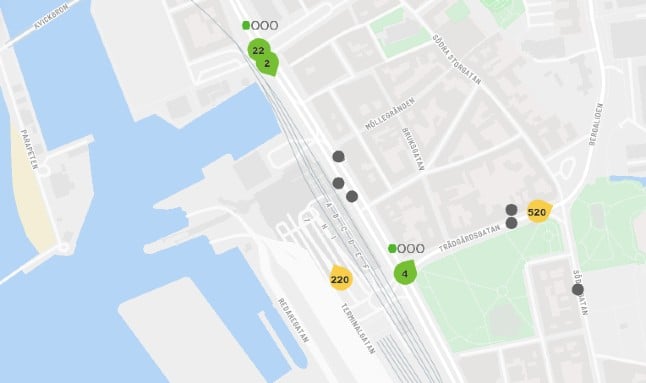
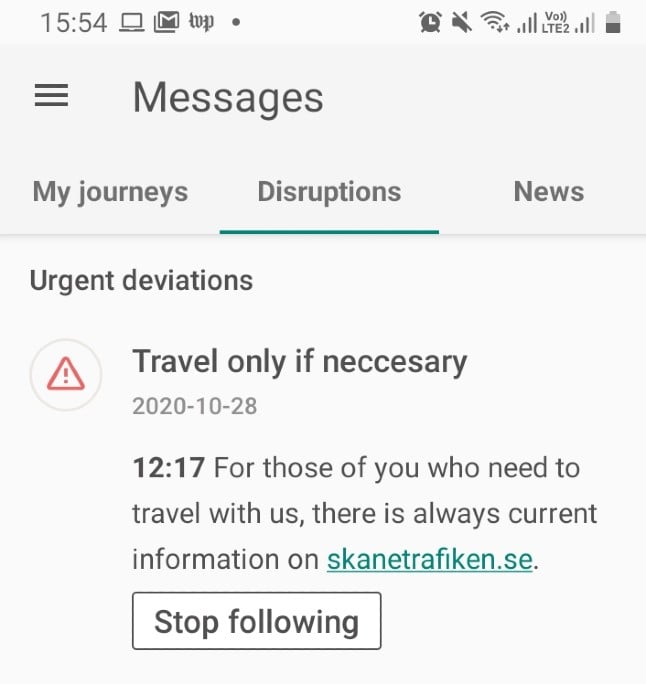
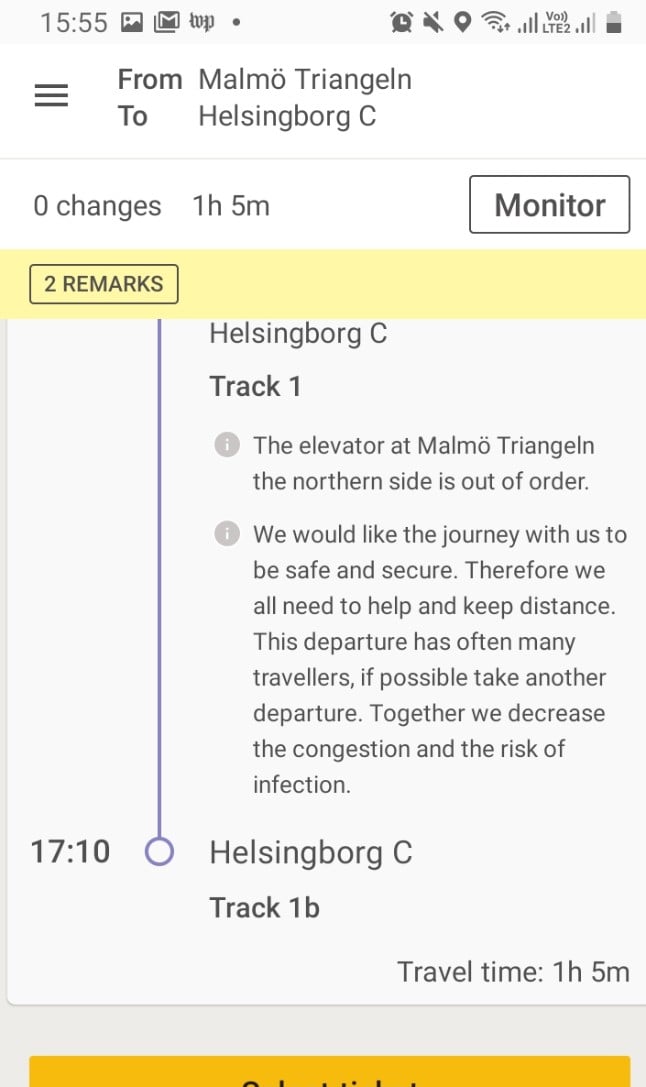
“They're not crowded this week, because the children are out of school, but otherwise they are crowded,” said Rosa Dimovska, as she took the bus to her job at a gym for disabled people on Thursday morning.
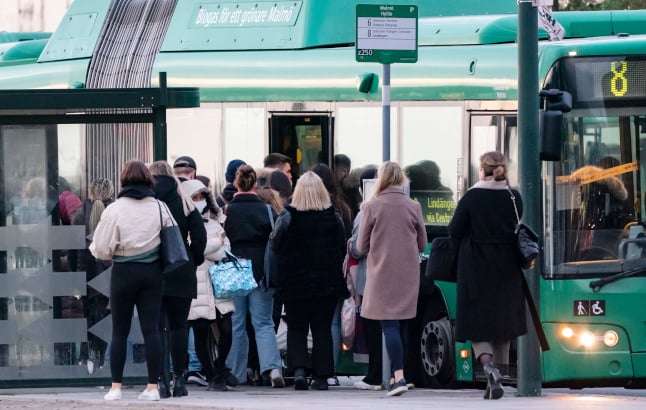
People queuing for a bus in Malmö on Tuesday. Photo: Johan Nilsson/TT

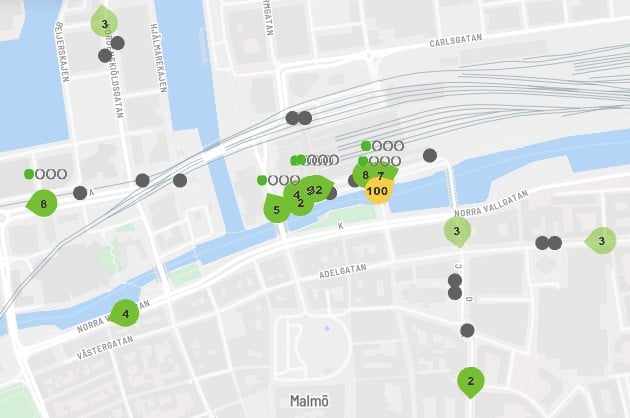
 Please whitelist us to continue reading.
Please whitelist us to continue reading.
Member comments